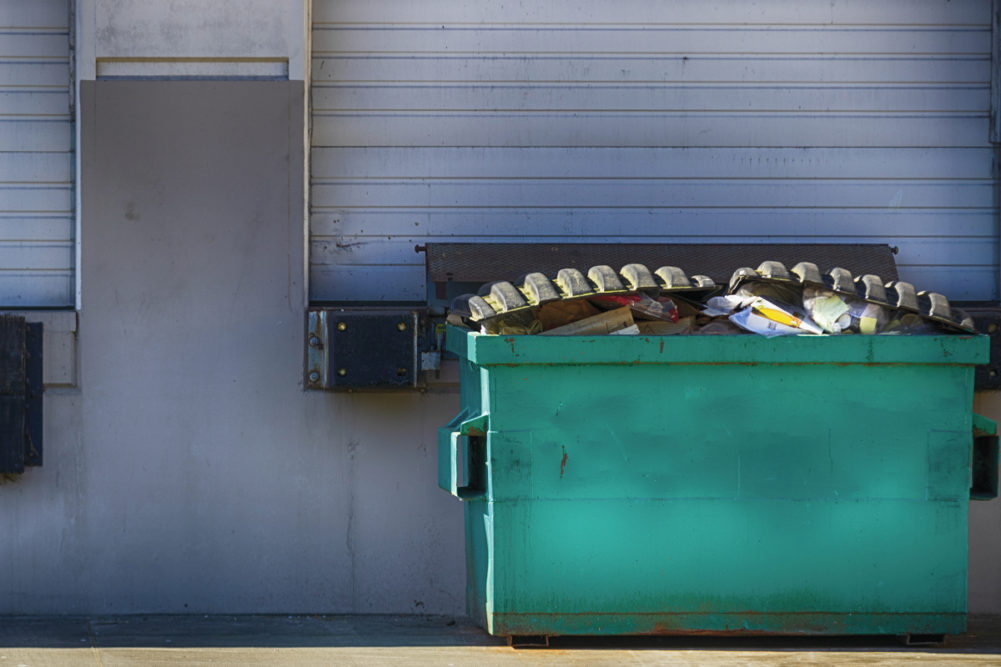Spring is arriving soon, which means pests will begin emerging from their winter hideaways to start feeding and reproducing. As the search for food, water and shelter begins, there’s one place that contains all three of these pest necessities: your facility.
It is crucial to fortify your facility against unwanted invaders. They can cause numerous issues for your operations, including contamination, delayed shipments, failed audits, and ultimately, major damage to your profits and bottom line. That’s why you need to ensure your building is shielded before the warm season begins.
It can be incredibly difficult to know where pests are going to show up first (especially because they are small and they are going to hide). Monitoring and inspection are crucial, but many miss “hot spots” for pests if you aren’t looking in the right places. If this happens, pests are free to breed and spread undetected until you have infestation levels that are expensive and time consuming.
Overlooked hiding places
Even with regular checks of your facility for pests, there are several places that often are overlooked. These locations around the building can pose a threat to your business because any issues that arise there can escalate to detrimental levels before you realize there’s a problem.
Here are the top five overlooked pest havens in grain facilities.
Roofs: Since the roof is generally out of sight (and less accessible) from the normal work area, it can be easy to overlook. In fact, unless there’s some sort of major leak or other glaring calamity, the roof often remains unchecked. At the very least, you should conduct periodic monitoring — ideally one thorough check every three months. When you do so, you’ll want to focus on two key things.
First, look for standing water, which can be a drinking or breeding source for all kinds of pests. Frequent rain presents more opportunities for standing water to accumulate, so looking for this is especially crucial if you live in a rainy area. This can be difficult with bins and elevators with a headhouse, so if you can look from the inside upwards, you can identify leaks and openings.
Second, be sure to eliminate any debris or growth you find on the roof. Storms often blow branches, leaves, even soil onto the roof’s surface, providing a convenient home for many different pests. It also can lead to mold and even plant growth, which provides a food source for pests.
HVAC systems: Next, you should check your HVAC and aeration systems. This is an overlooked area for pests but presents a major risk. Insects or rodents may enter your facility through the many openings that connect the equipment to the building. What’s more, pests also can dislodge the filters, chew into connectors and other crucial parts of the system, causing major disruptions to the buildings and grain aeration systems.
Outdoor waste and storage: You know where they are: the sheds, the outbuildings and the “graveyards” (old equipment and miscellaneous “stuff” left in the back) that no one visits. Those extra storage sites are prime sites for pests as they aren’t used often so pests are rarely disturbed, there’s usually a food source and they don’t get inspected frequently. Old, decommissioned equipment and other items should be removed from the property whenever possible. If it must sit outside, ensure proper inspections and pest management procedures are instituted around these “graveyards” and outbuildings.
Whenever you are working with incoming shipments of grain and storing that grain, expect there to be spillage, especially around dump pits, elevator legs and other transfer sites. While it’s impossible to clean it all up, remove as much of it as possible. Don’t give rodents, birds and insects the never-ending buffet of food. The harder they have to work to find and get enough food, the less they are reproducing, keeping populations more manageable.
And while we are talking trash, don’t forget about your dumpsters and human trash. Keep dumpsters closed or covered (when possible) and make sure they are emptied on a regular schedule and before they start overflowing. Ensure employees and drivers know to dispose of their trash properly and keep the property, including the parking lots, clean of waste.
Employee lockers: Of all the things your employees store at work, pests shouldn’t be one of them. Unfortunately, lockers can provide convenient harborage for insects and rodents. They can offer stacks of items to hide under, as well as half-eaten or discarded food wrappers to munch upon. Make sure your employees are cleaning out their lockers regularly (put it on a quarterly schedule) and keeping all food items sealed shut. It may help to post a notice around the locker area to remind them of potential pest risks and keep tidiness top of mind. Not to mention the smells that will be generated, which can of course attract more pests.
Any locked rooms: Remember that storage closet in the corner that no one has opened in a few months. That locked mechanical room? Well, they could be sheltering an entire pest empire. Rooms that stay locked have a much higher chance of issues because they go overlooked for long periods of time. This leaves pests to thrive with unlimited food, shelter, and no predators for weeks or months, maybe years at a time. This is especially true of electrical rooms, which tend to remain shut and ignored until something goes wrong. Imagine having a serious electrical issue, only to open the door and find a colony of rodents. Two problems are never better than one.
The bottom line
If any of these places aren’t part of your routine inspection checks, add them to the list. Make sure you have a list, so inspections hit every area on a routine. Proactive pest prevention is always preferable to reactive elimination measures. In the end, your customers, your employees and your budget will be much better off for it.




